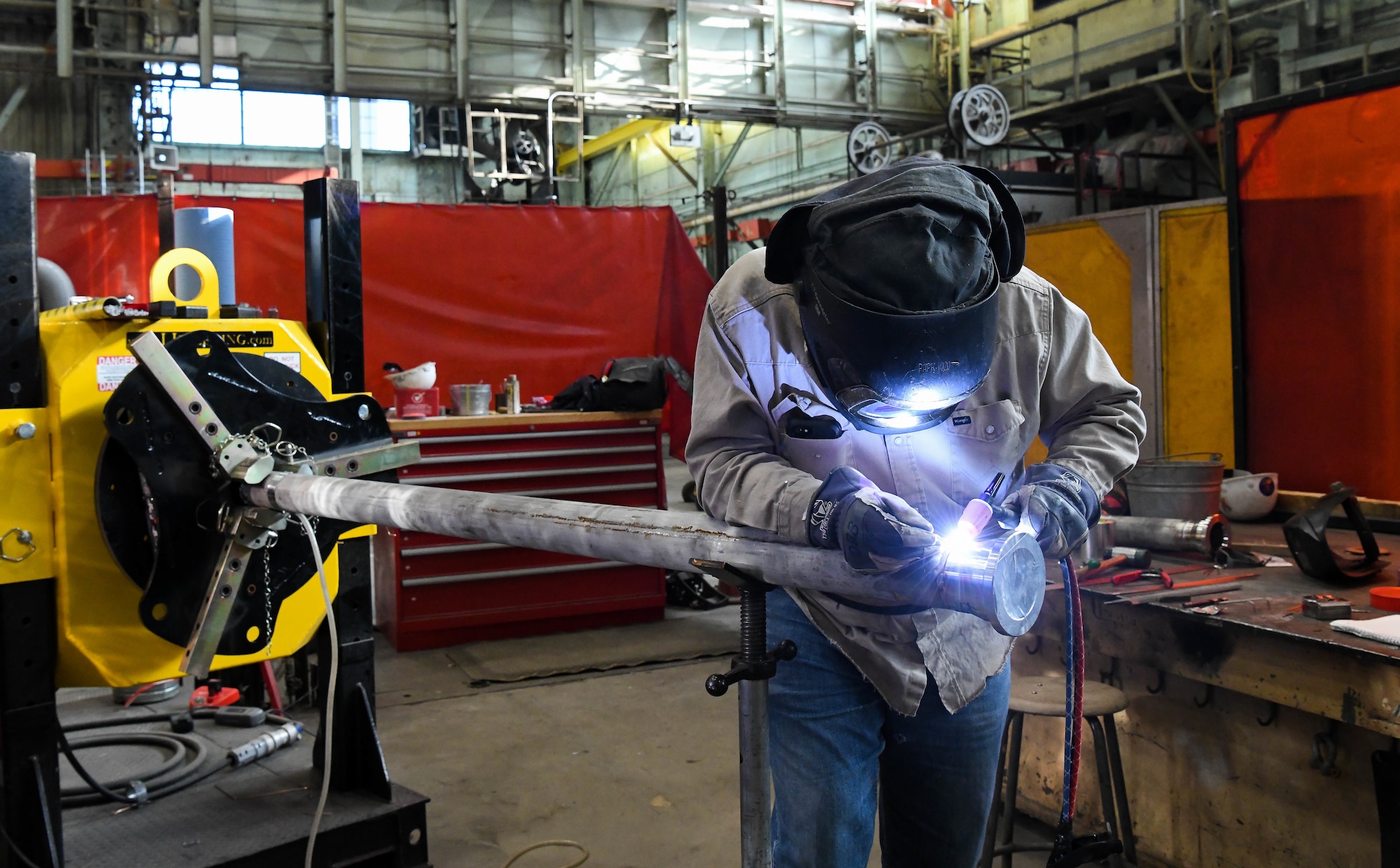Bonding WPS for Beginners: Starting with Welding Treatment Specifications
Bonding WPS for Beginners: Starting with Welding Treatment Specifications
Blog Article
The Ultimate Guide to Welding WPS Procedures: A Thorough Overview for Welders
In the detailed world of welding, Welding Procedure Specs (WPS) work as the foundation of making sure top quality, consistency, and security in welding procedures. Recognizing the nuances of producing, carrying out, and keeping an eye on WPS treatments is vital for welders seeking to raise their craft and fulfill sector criteria. As we delve into the different elements of a WPS and check out the complexities of certification and qualification, we will reveal the vital duty these procedures play in the realm of welding. Allow's start a journey to untangle the intricacies and relevance of WPS treatments in welding methods.
Relevance of WPS Procedures
Understanding the significance of Welding Procedure Specifications (WPS) treatments is essential for ensuring the high quality and integrity of bonded frameworks. WPS procedures work as a roadmap for welders, detailing the essential steps, parameters, and materials needed to accomplish a sound weld. By sticking to WPS standards, welders can make sure consistency in their work, leading to dependable and structurally audio welds.
One of the main reasons why WPS procedures are important is their duty in maintaining weld high quality and stability. Complying with the specified welding parameters and techniques described in the WPS aids prevent problems such as porosity, fracturing, or incomplete fusion, which can endanger the strength and toughness of the weld.

Parts of a WPS
A Welding Treatment Requirements (WPS) generally consists of essential components that detail the specific requirements for implementing a weld, making certain uniformity and quality in the welding procedure. The vital parts of a WPS consist of necessary variables such as base steels, filler steels, preheat and interpass temperatures, welding procedures, protecting gases, welding placements, and post-weld heat therapy requirements.
Base steels refer to the materials being joined, while filler steels are used to fill up the gap in between the base steels during welding. Preheat and interpass temperatures are critical for managing the heat input and preventing issues like breaking or distortion. The welding procedure details the certain technique to be used, whether it's gas metal arc welding (GMAW), protected steel arc welding (SMAW), or one more approach. Securing gases shield the weld swimming pool from atmospheric contamination. Welding settings define the orientations in which welding can be carried out. Post-weld warm treatment may be required to soothe tensions and enhance the weld's residential properties. A comprehensive understanding of these elements is crucial for developing a detailed and effective WPS.

Certification and Accreditation
Having developed the vital elements of a Welding Treatment Requirements (WPS), the emphasis now changes in the direction of the critical facets of qualification and certification in welding methods.

Accreditation, on the other hand, is the formal acknowledgment of a welder's credentials by a relevant qualification body or organization. Welding qualifications are generally based on the certain welding processes, materials, and positions a welder is qualified to deal with. Holding a valid welding qualification shows that a welder satisfies market criteria and is experienced to perform welding tasks to the called for requirements.
Creating a WPS
To establish a Welding Treatment Requirements (WPS) that meets market standards, mindful consideration of welding processes, products, and operational criteria is vital. The first action in producing a WPS is to determine the welding process to be utilized, such as gas metal arc welding (GMAW) or secured steel arc welding (SMAW)

Implementing and Monitoring WPS
Upon wrapping up the thorough Welding Treatment Specification (WPS) that redirected here carefully details welding procedures, materials, operational criteria, and quality control procedures, the focus moves to efficiently executing and monitoring the well-known procedures. Execution entails guaranteeing that all welders included in the task recognize with the WPS and follow it thoroughly during the welding process. This requires supplying sufficient training and guidance to guarantee adherence to the specified procedures. Keeping an eye on the WPS includes constant oversight to validate that welding tasks line up with the documented requirements. Assessments, testing, and quality control steps are important parts of the monitoring procedure to identify any inconsistencies or issues promptly. Normal audits and reviews of the welding procedures assist in maintaining consistency and high quality throughout the project. Effective execution and tracking of the WPS are crucial for guaranteeing the stability, toughness, and safety of the welded joints, eventually adding to the overall success of the welding job.
Conclusion
Finally, understanding and adhering to Welding Procedure Specifications (WPS) is crucial for welders to guarantee high quality, uniformity, and security in their work. By recognizing the elements of a WPS, getting correct credentials and qualifications, creating comprehensive treatments, and implementing and checking them efficiently, welders can enhance their abilities and effectiveness in welding practices. Following WPS procedures is important for producing top notch welds and meeting market standards.
In the helpful resources intricate world of welding, Welding Treatment Requirements (WPS) offer as the foundation of making certain quality, consistency, and safety and security in welding operations. The welding procedure details the particular technique to be used, whether it's gas metal arc welding (GMAW), secured metal arc welding (SMAW), or one more technique.To establish a Welding Treatment Specification (WPS) that fulfills sector standards, careful consideration of welding processes, products, and functional parameters is necessary. The first step in creating a WPS is to recognize the welding process to be used, such as gas metal arc welding (GMAW) or secured steel arc welding (SMAW)Upon finalizing the detailed Welding Treatment Requirements (WPS) that diligently details welding processes, products, functional parameters, and top quality guarantee steps, the emphasis changes to effectively applying and monitoring the established treatments.
Report this page